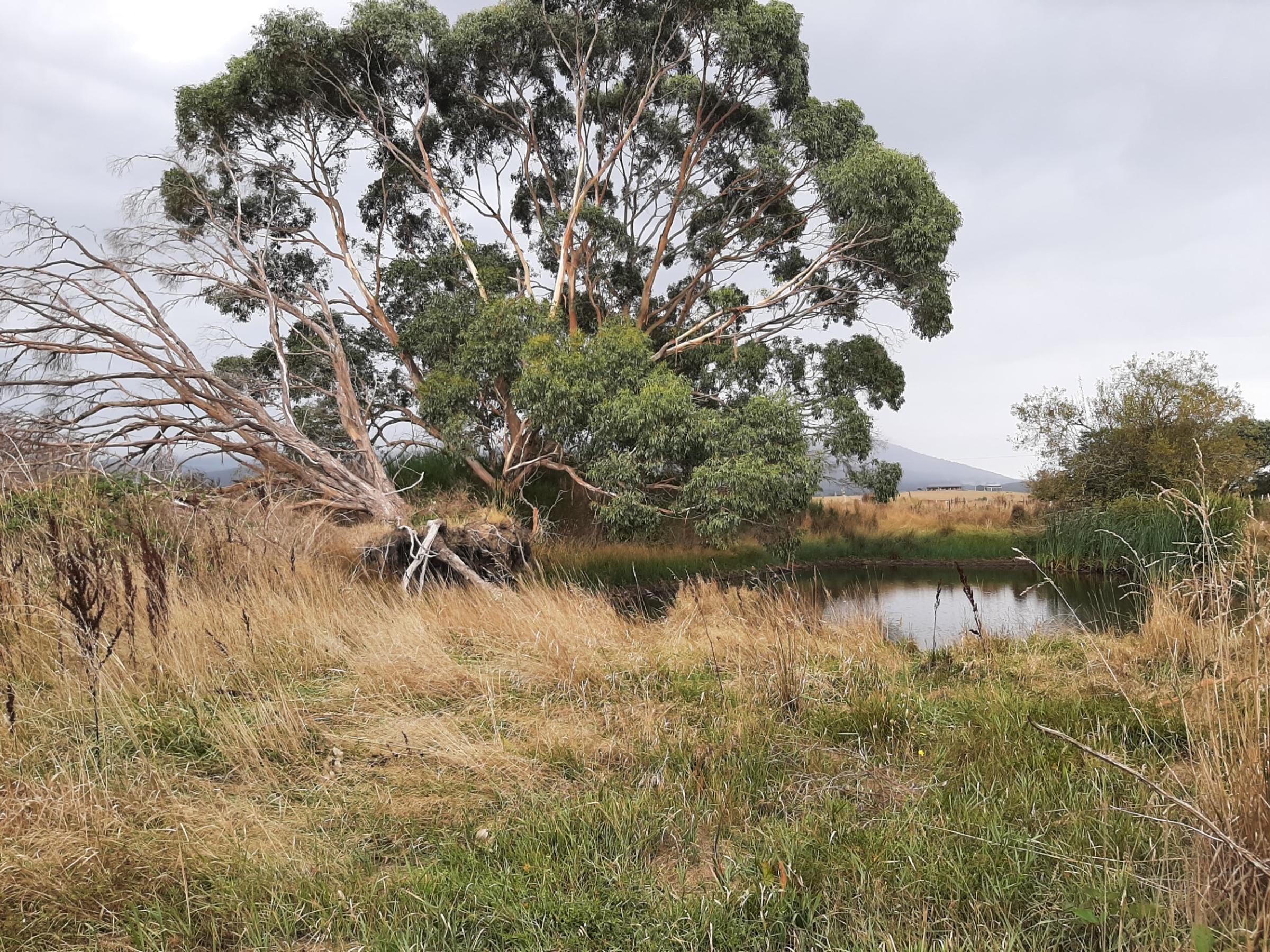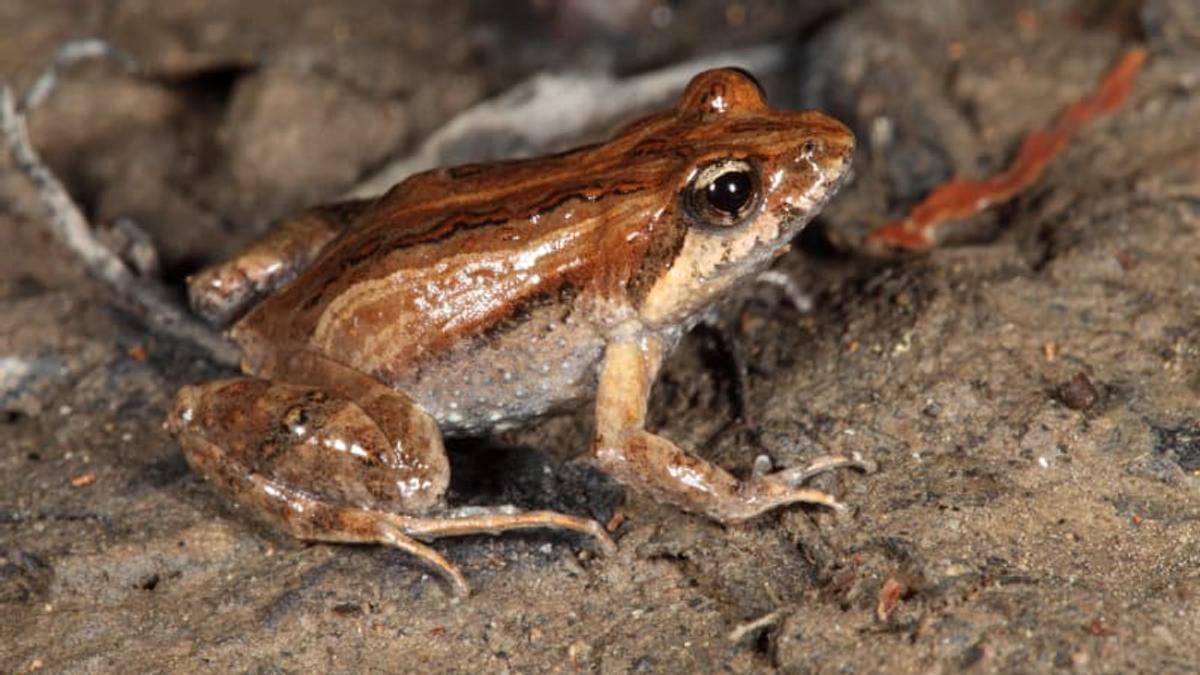Sustainability
with notes from our Sustainability leaders

Sustainability
with notes from our Sustainability leaders


As part of our dress for the weather campaign, Newham Primary School has ordered 100 Newham beanies to keep little and big heads warm. The beanies will hopefully arrive within four weeks, ready for sale at the office. They will be sold for $17 each. The aim is to cover costs and make a small profit to enable the school to install some kind of sustainable (long-lasting), animal-safe netting for our soccer goals.
We will even have enough beanies to sell to the community. Although Winter may be over, there is still likely to be many chilly mornings and nights!
Watch this space for the arrival of the beanies.
If you pass our frog pond, you may hear the Eastern Common Froglets calling. Hopefully they are breeding. We will still need a major revamp of the pond which will need to be done with great care until any tadpoles have metamorphosed and hopped away to seek out greener pastures.
If you are interested in being involved in this project on a Wednesday afternoon, please let the office or Libby Fullard know.


Common Eastern Froglet
Description
Common Froglets can grow up to 3 cm long and vary in colour. The most common colour of this species is grey, brown or black with some displaying dark bands and irregular patches of colours over their body. Their belly can also be grey or white with darker flecks.
Diet
These frogs feed on a diet of small insects, including mosquitoes, moths, caterpillars, cockroaches and flies.
Habitat
Common Froglets can be found in streams, ponds, dams and flooded ditches. They generally shelter under logs and leaf litter (where they are well camouflaged), and in debris around the edges of swamps and ponds. They are found in almost all habitats from mountains to the coast, covering flood plains, forest, grasslands, open and disturbed areas.
Breeding
The Common Froglet breeds throughout the year, except during mid summer. The male frog calls for a mate from cover at the edge of the water body. When mating, the male clasps onto the back of the female and fertilises the eggs as she lays them. Up to 150 small eggs are laid in separate bunches on submerged plants in still or slow moving water. Development from egg to frog can take place in as little as 7 weeks.
Text State of Victoria wildlife.vic.gov.au


In sustainability, the years F to 4 have learnt about the Bogong Moth. Here is some information and a photo of the beautiful moths they created.
The bogong moth is native to Australia. Each Spring, it migrates to the Australian Alps in the south-east of Australia. The mountain pygmy-possum feeds on the bogong moth.
The bogong moth was important to Aboriginal language groups, as it was an important food source.
Sometimes the bogong moth gets lost by the brightness of outside lights.
Remember to turn outside lights off in Spring!